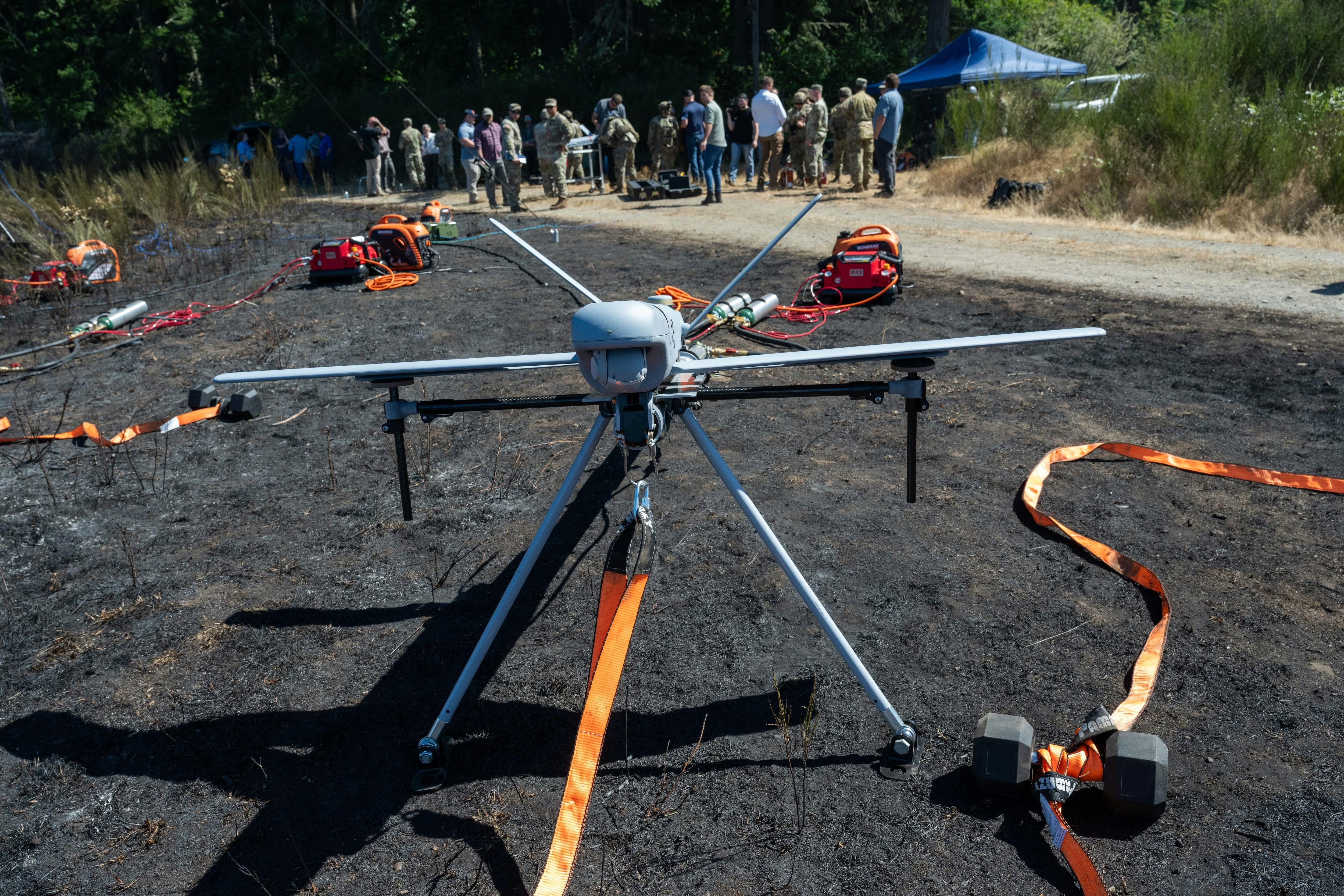
AeroGenie — Your Intelligent Copilot.
Trending
Categories
Wizz Air Cuts Airbus A321XLR Orders from 47 to 10-15
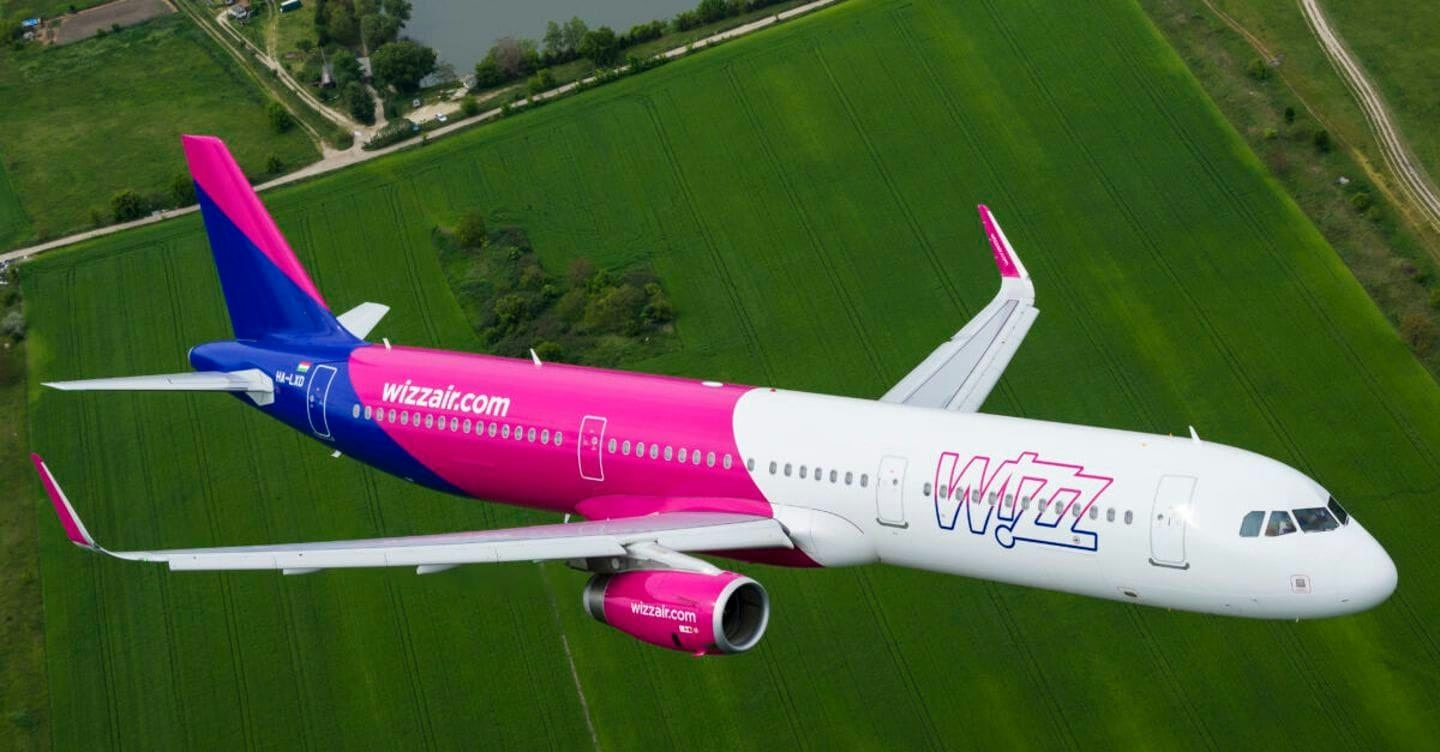
Wizz Air Reduces Airbus A321XLR Orders Amid Strategic Realignment
Wizz Air has significantly scaled back its Airbus A321XLR order, cutting the planned intake from 47 aircraft to between 10 and 15. This adjustment reflects a strategic shift following the airline’s decision to exit the Middle East market, culminating in the closure of Wizz Air Abu Dhabi by September 1. The airline attributed this withdrawal to regional geopolitical instability and operational challenges that affected reliability.
Strategic and Operational Considerations
During a recent earnings call, CEO József Váradi emphasized that the airline is not canceling its Airbus orders outright but is converting most of its A321XLR commitments to other aircraft models. He explained, “We are not talking about canceling. We are converting the bulk of our A321XLR orderbook.” The reduction in XLR deliveries aligns with Wizz Air’s diminished need for long-range aircraft following its retreat from Abu Dhabi.
This decision also coincides with the airline’s broader fleet modernization efforts, which involve phasing out older A320ceo-family planes in favor of the more fuel-efficient neo variants. Wizz Air has already taken delivery of its first three A321XLRs, with further details on the revised order expected once discussions with Airbus conclude.
The operational difficulties encountered in Abu Dhabi, particularly those related to the region’s hot and dusty climate, played a significant role in the airline’s strategic recalibration. These environmental factors increased engine maintenance requirements and caused schedule disruptions, leading to higher downtime and costs. Such challenges undermined Wizz Air’s ultra low-cost business model in the region. The Abu Dhabi fleet, comprising four A321neos and eight A321-200s, will either be repositioned or retained as spares during peak travel periods.
Implications for Wizz Air’s Fleet and Market Position
The reduction in A321XLR orders raises questions about the aircraft’s fit within Wizz Air’s cost-focused operational strategy. Originally, the XLR’s extended range was intended to support expansion into longer-haul markets from the Middle East. With those plans abandoned, the airline is prioritizing operational simplicity and efficiency. Váradi noted that scaling back the number of XLRs could help “eliminate some complexities,” including challenges related to crew scheduling for longer flights.
Industry analysts suggest that this strategic pivot may elicit responses from competitors and investors alike. While Wizz Air consolidates its focus on short- and medium-haul routes, rival carriers such as AirAsia continue to expand their long-range fleets, potentially seeking to exploit any uncertainty surrounding Wizz Air’s future direction. Market observers will be closely monitoring how Wizz Air’s streamlined approach influences its competitive standing and financial outcomes.
For the time being, Wizz Air’s three A321XLRs remain valuable assets. However, the airline’s future fleet composition will be shaped by a renewed emphasis on efficiency and adaptability amid a rapidly evolving aviation environment.
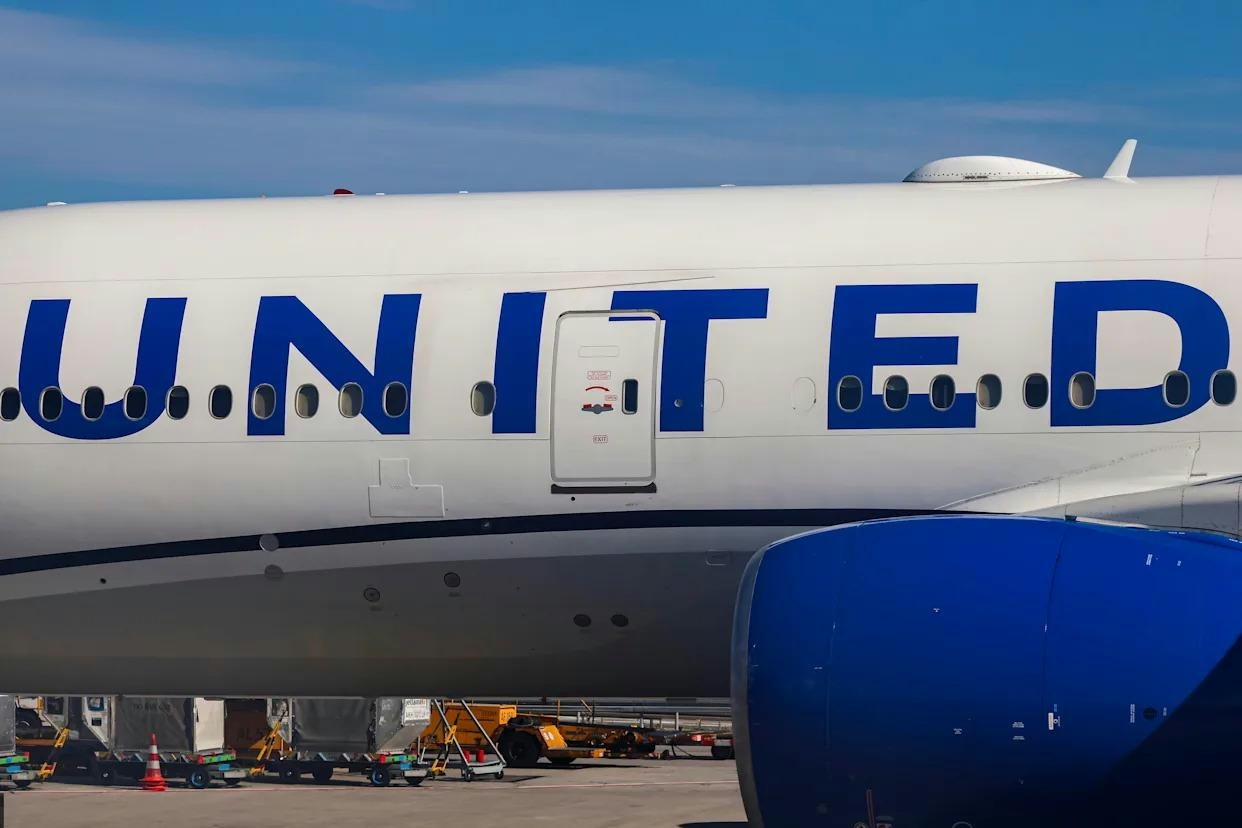
United Airlines Flight Returns to Dulles After Engine Failure on Takeoff

United Airlines flight makes emergency landing at Dulles after engine failure
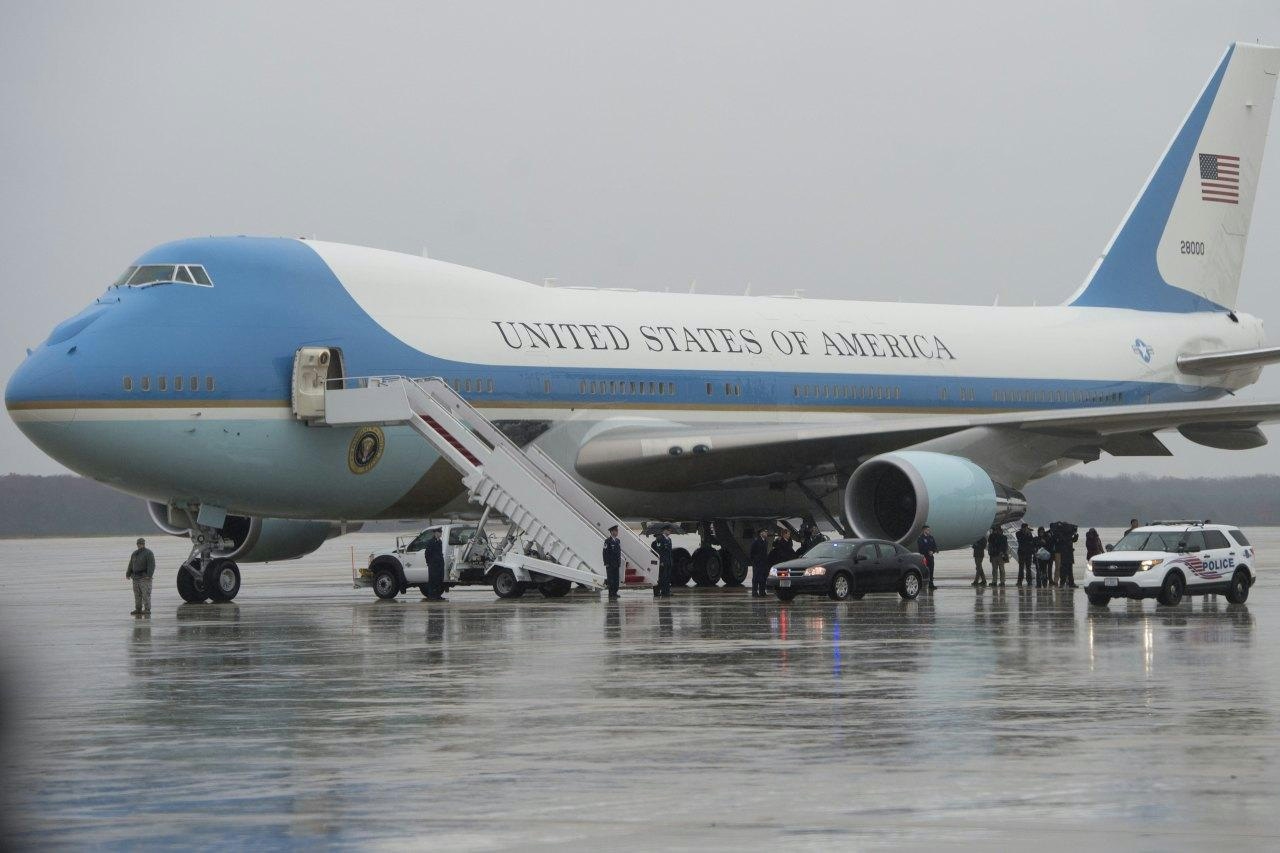
The Impact of the New Air Force One’s Delayed 2028 Arrival on Aviation and Travel
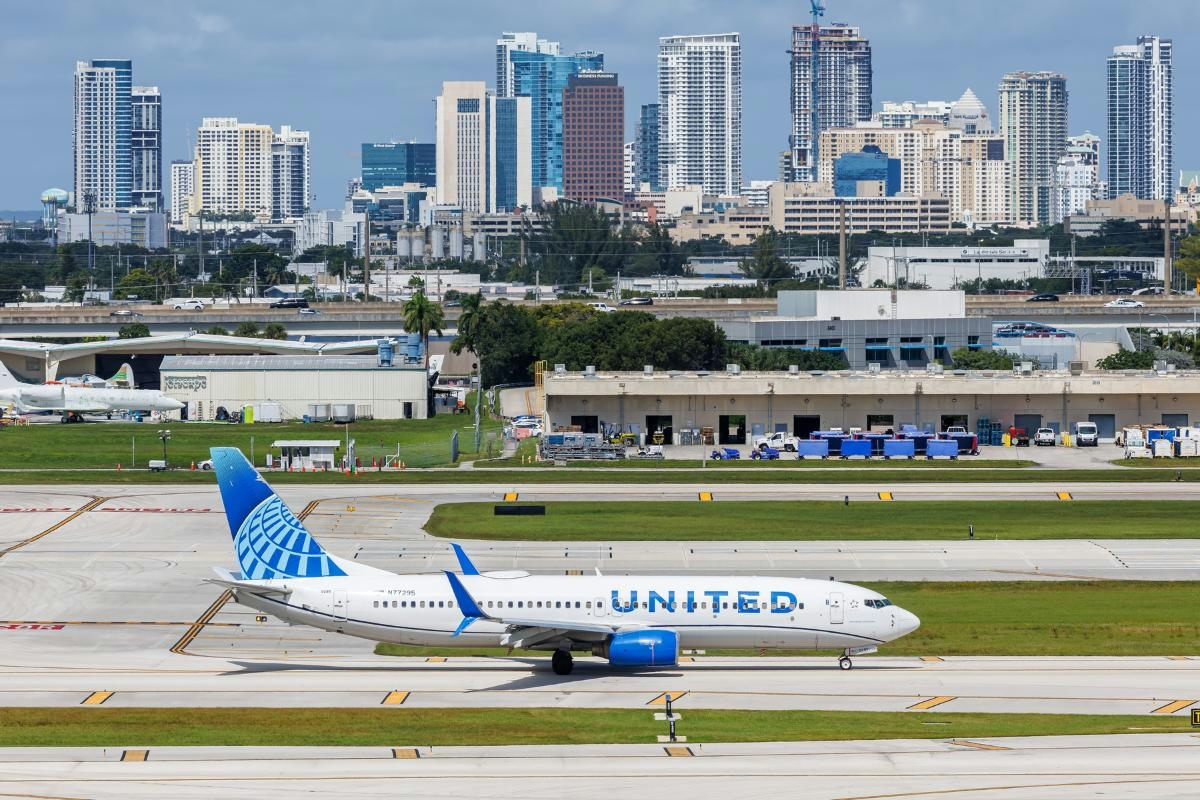
United Airlines Restarts Controversial AI Scheduling for Flight Attendants
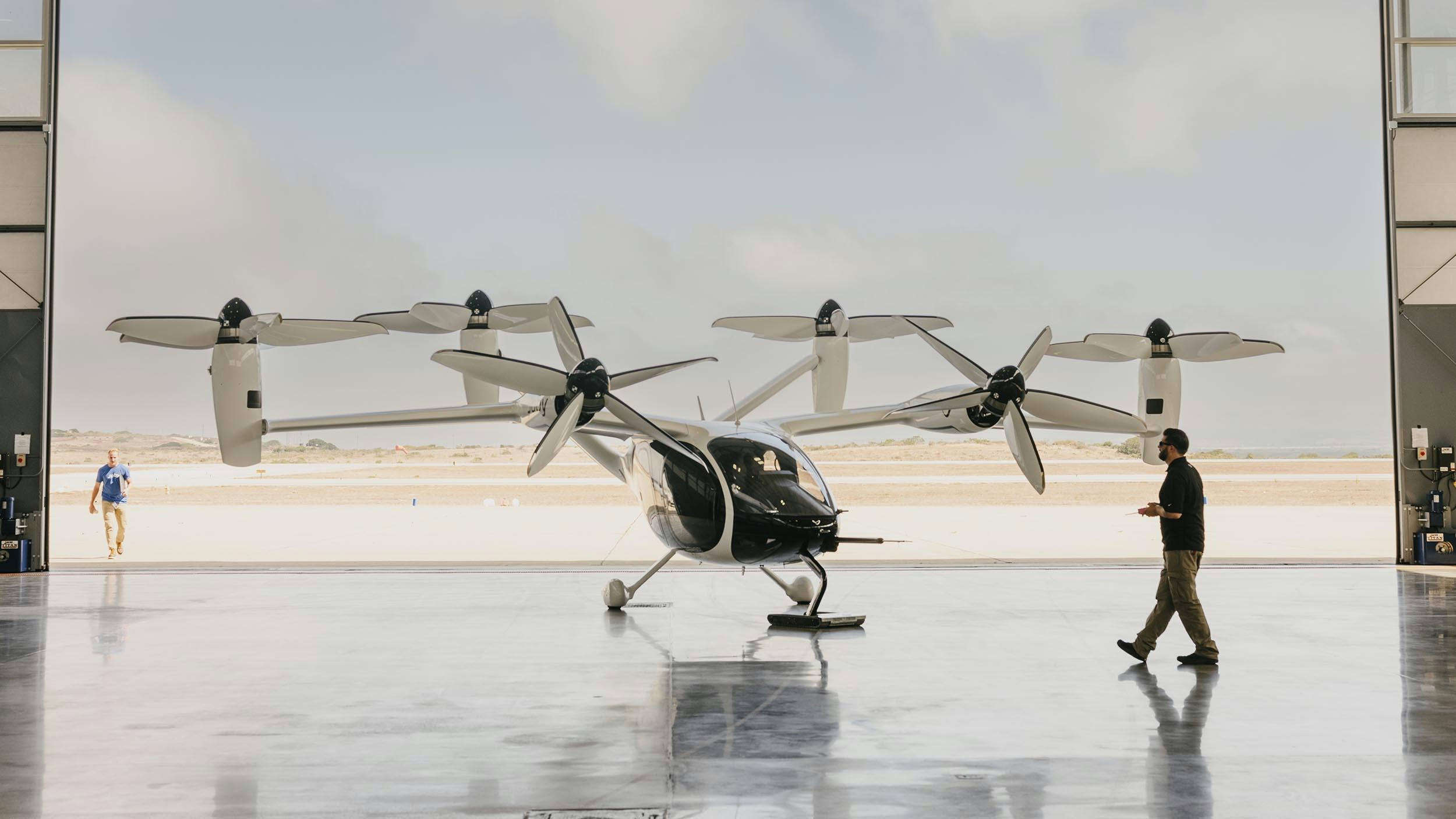
Joby Aviation’s Air Taxis Poised to Change Urban Travel and Tourism
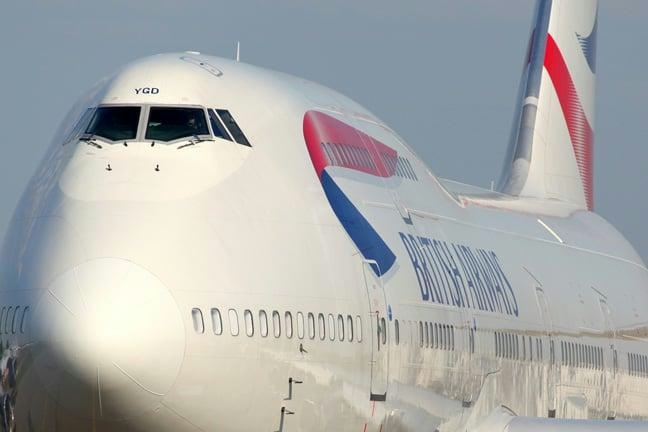
BA Chief Warns AI Agents May Diminish Brand Visibility

How GE Is Meeting Global Jet Engine Demand
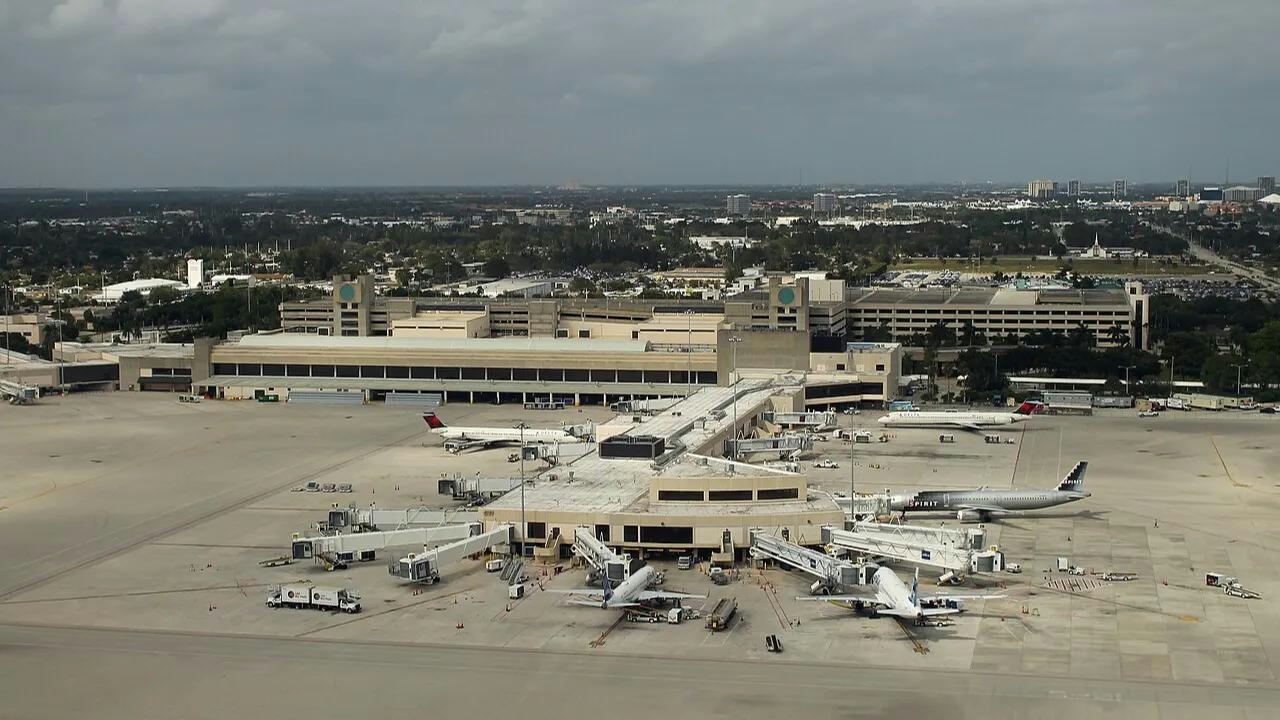
IATA Projects Airline Profits of $41 Billion in 2026
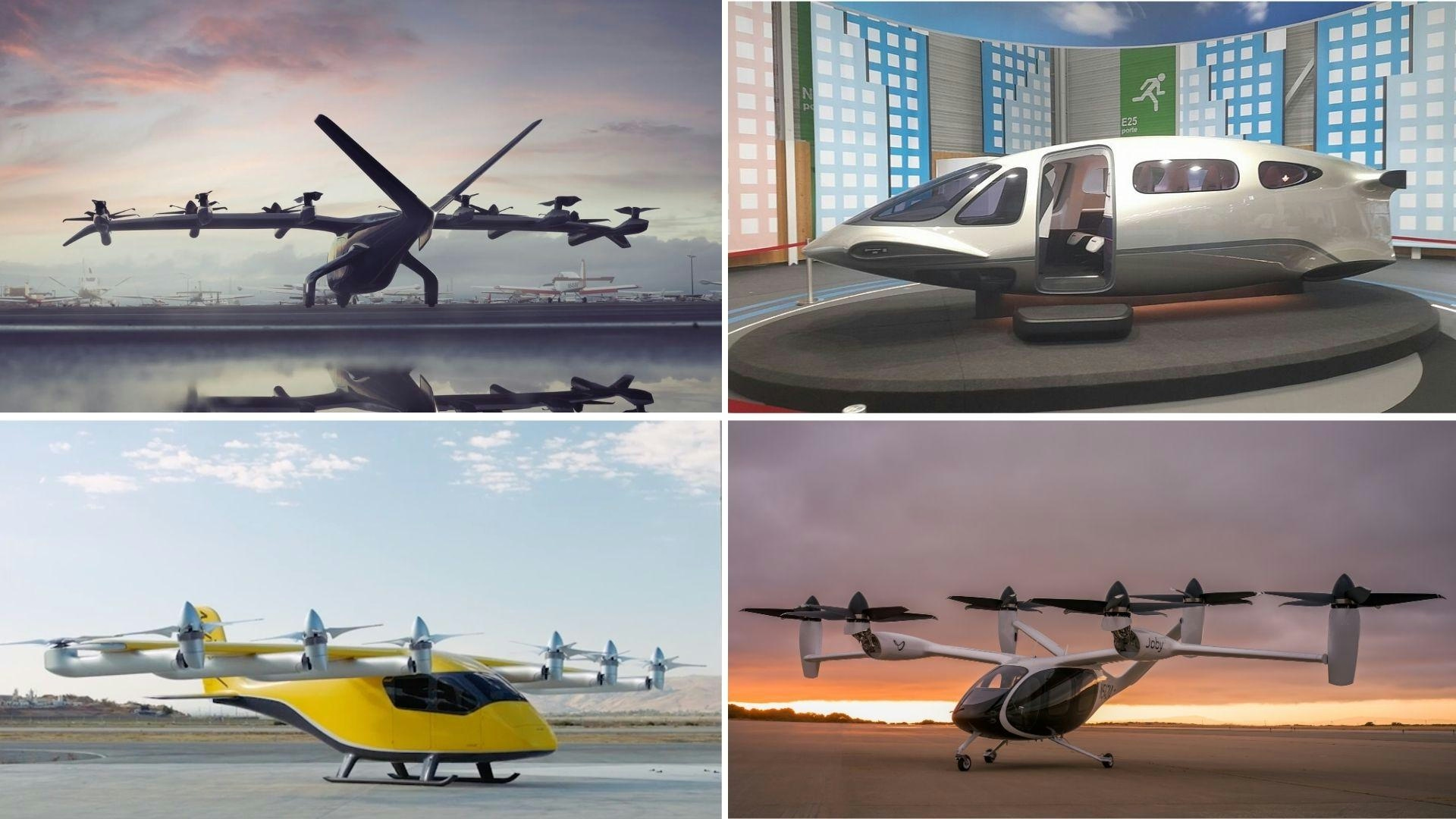
Five Air Taxis Poised to Shape Urban Mobility by 2026
